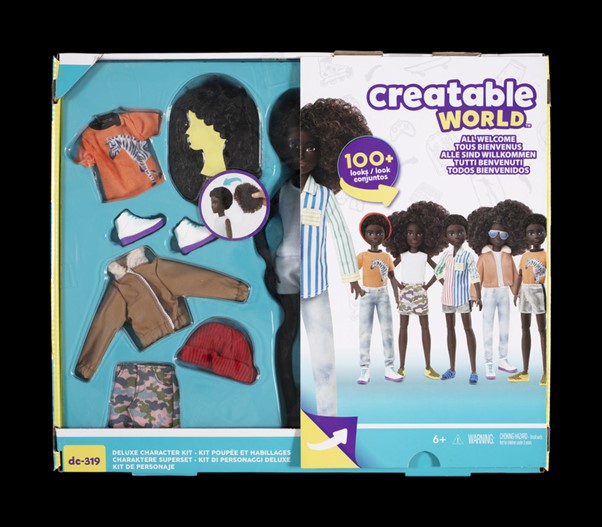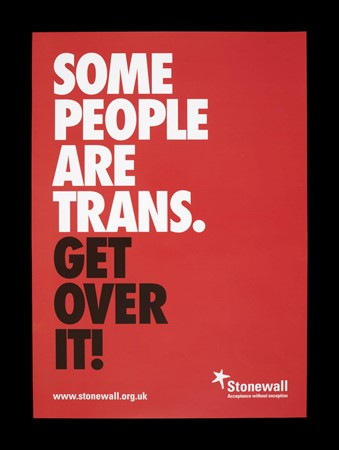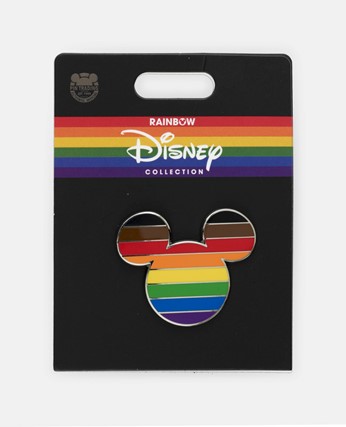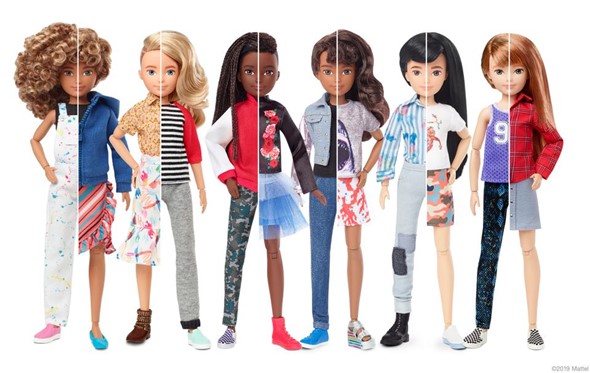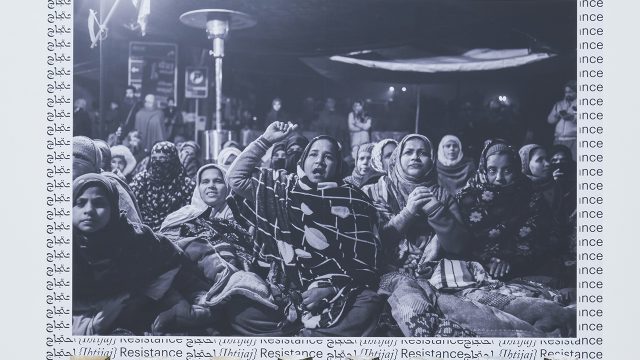The V&A has an active and award-winning LGBTQ Working Group, whose mission is to unearth previously hidden unknown LGBTQ stories in the collection and to facilitate understanding of LGBTQ identities and histories. As an LGBTQ+ identifying curator, I wanted to bring some of this advocacy to our audiences in the new Young V&A.
Children and young people who are discovering their own identity, or who have parents, family or friends who are in the LGBTQ+ rainbow, should be able to see themselves and their kin represented through objects that carry meaning among the museum’s many displays. Below are some of the recent acquisitions we have made to support this in our new galleries, objects to create discussion around the situations that affect the young LGBTQ+ community.
Stonewall posters, 2007 and 2015
Stonewall, a UK-based LGBTQ+ rights charity, was set up in the light of the UK Conservative government’s anti-LGBTQ+ legislation Section 28. This was a clause, active between 1988 and 2000 in Scotland, and 2003 in England and Wales, added to the Local Government Act stating that local authorities ‘shall not intentionally promote homosexuality or publish material with the intention of promoting homosexuality’ or ‘promote the teaching in any maintained school of the acceptability of homosexuality as a pretended family relationship’. As such it amounted to a ban on teachers talking to children about LGBTQ+ issues and history. This was an extremely damaging piece of legislation for the mental and physical health of millions of young people growing up in these 15 years, including myself.
With a change of government in 1997, Stonewall began lobbying policy development and successfully overturned section 28, among many other victories. Yet ten years later, research revealed that that homophobic bullying was endemic in schools, with two thirds of 1145 gay and lesbian-identifying children surveyed at the time hearing homophobic insults on a regular basis. With Barnardo’s and the NSPCC, the charity launched the Education for All initiative and the ‘Some People are Gay. Get Over It!’ campaign.
Posters featuring this slogan, written in white and black on a solid red background, were delivered to every school in the country along with postcards and badges, and seen on 600 billboards across the UK in November 2007. The slogan was workshopped in collaboration with 150 secondary school pupils and was designed in-house. It had an immediate impact. The frankness of the statement, writ so large, was controversial for many people and institutions. In the short-term more than 50 people complained to the Advertising Standards Authority and a fundamental Christian church group paid for a small amount of London bus advertisements in a similar design, with the homophobic phrase ‘Not gay! Post-gay, ex-gay and proud. Get over it!’. After some exposure, these were withdrawn, leading to legal action from the group and discourse about the effectiveness or otherwise of the original frank slogan.
The design has been continued since in different formats and adapted to reflect other LGBTQI+ groups. Since 2015, Stonewall has actively campaigned for transgender equality following criticism in earlier years of their existence. The design of the original poster was made available to schools and organisations with the slogan ‘Some people are trans. Get over it!’, which we also have acquired for display as part of a display exploring how design can give people a voice.
Disney Pins are hugely popular among collectors, with a fervent fanbase searching for rarities. Our example was acquired as part of a set exploring contemporary enamelling, to be displayed alongside a fabulous 19th-century enamelled dish by Owen Jones, and an Art Deco door surround rescued from the refurbishment of Ideal House (now Palladium House) on Argyll Street in Soho – now the site of a Spaghetti House!
This Mickey Mouse pin sports the rainbow of the Pride Flag, which has come to represent LGBTQ communities since being flown at the 1978 San Francisco Gay Freedom Day parade by Gilbert Baker. Disney media has long held a special place in LGBTQ people’s lives, with its Broadway musical theatricality, general campness, characters that long for acceptance but learn to be themself (see The Little Mermaid, 1989, Frozen, 2013). Yet some have questioned Disney’s commitment to supporting LGBTQ people, especially in the wake of Florida’s “Don’t Say Gay” bill becoming law in the state of Disney World, citing this as an example of Rainbow capitalism.
Lots of corporations are guilty of slapping rainbows on existing products during LGBTQ+ History Month without adding much to support the community – from packaged sandwiches, to mouthwash, to carrier bags. While doing this brings visibility to LGBTQ+ existence, more often than not it provides little real support or assistance to LGBTQ+ people and content creators. Disney, while listing a range of global LGBTQ+ charities it supports, has been in the spotlight in recent years for queer-baiting with notional representation in its popular film series. These films have blink-and-you’ll-miss-it LGBTQ+ characters, whose seconds on screen can be cut for international censors. This pin, acquired to showcase the contemporary use of a specific manufacturing technique, brings LGBTQ+ visibility to the collection, but also highlights issues around corporate Pride.
The producers of Barbie, the world’s most famous, iconic, female fashion doll announced a whole new approach in 2019. Creatable World would be Mattel’s first gender neutral dolls. Their design is noticeably different from their biggest seller, with no curves, broad shoulders, or breasts to identify the dolls with one specific gender. The facial features have been designed to have a clean, no-make up face. Certainly not the world’s first ungendered doll, Mattel is the biggest company to produce them at scale, with the most global clout. What also differentiates Creatable World from other examples is that they remain reflective of current trends, in the way that Barbie always has, with bright clothes, accessories and hairstyles that reflect fashions today, but with details that keep the designs neutral. They are sold as kits with several options for customisation including both what are considered feminine and masculine presenting options to mix and match.
However, it is not only the design of the dolls that matter, but that Mattel is encouraging play from all children, not just targeting girls, the traditional consumers of dolls. It is designed to challenge parents and people’s views of how boys and girls should play. Mattel’s research department surveyed 250 families across the USA and discovered that there was a prevailing idea among families of how society is developing, yet there was difficulty in understanding how to encourage this in children’s development through existing toys. Their research team found Generation Alpha children didn’t recognise labels no matter their gender identity and didn’t want to be told that a toy wasn’t for them. In this vein, Young V&A will be an inclusive museum environment, with collections that speak to the multiple identities of our young visitors, in as broad and welcoming way as possible.
